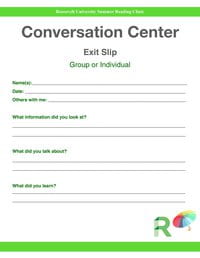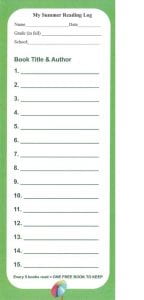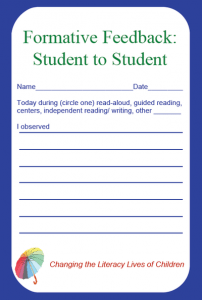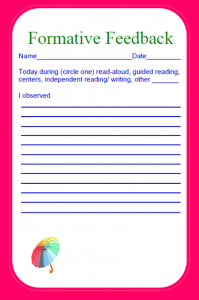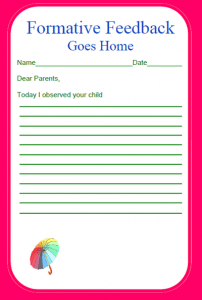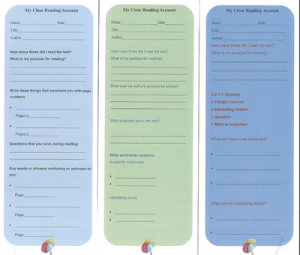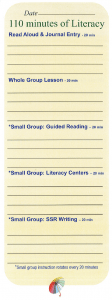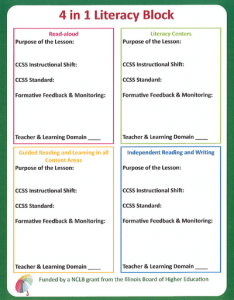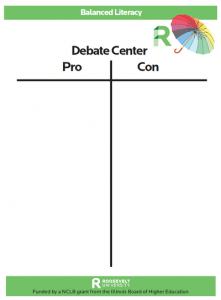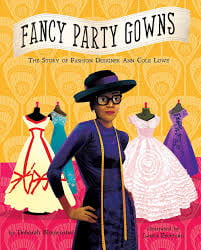 A beautiful picture book about Ann Cole Lowe, a little-known African-American fashion designer who battled personal and social adversity in order to pursue her passion of making beautiful gowns and went on to become one of society’s top designers. Having made dresses for Jackie Kennedy and Olivia de Havilland, Lowe became “society’s best kept secret.” This beautiful picture book shines the spotlight on a little-known visionary who persevered in times of hardship, always doing what she was passionate about: making elegant gowns for the women who loved to wear them. Source: simonandschuster.com.
A beautiful picture book about Ann Cole Lowe, a little-known African-American fashion designer who battled personal and social adversity in order to pursue her passion of making beautiful gowns and went on to become one of society’s top designers. Having made dresses for Jackie Kennedy and Olivia de Havilland, Lowe became “society’s best kept secret.” This beautiful picture book shines the spotlight on a little-known visionary who persevered in times of hardship, always doing what she was passionate about: making elegant gowns for the women who loved to wear them. Source: simonandschuster.com.
Read more Fancy Party Gowns: The Story of Fashion Designer Ann Cole Lowe
